-
Legacy Member

Mystery percusson horse/cavalry pistol.
-
Thank You to Anzac15 For This Useful Post:
-
09-09-2012 10:11 PM
# ADS
Friends and Sponsors

-
I think it is something. But just what? The formerly bright parts have browned a bit whilst the blued barrel was already "corroded" so it looks newer. Is the bore rifled?
The wood is lighter than expected for it's age, though. But my camera tends to "lighten" wood, so maybe that's the case here.
-
-
-
Legacy Member

She is smoothbored. I took it completely apart awhile ago, no markings except for the one pictured. As far as the wood goes, it is a bit darker in person. He's had this pistol 35+ years, and I've always wondered about it. One minute you look at it, its a replica. But when you REALLY get to looking at it, you start to wonder. I'm like you, it's something..but what?
-
-
Unfortunately, I don't have much book info on European muzzleloaders. But I'm pretty sure that it's distinctive enough to be easily identified by somebody! I'll make a WAG and say Dutch. Or Austro-Hungarian ...
...
But the safe guess is Belgian. 'Cuz it's not Spanish.
Last edited by jmoore; 09-10-2012 at 03:42 AM.
-
-
Legacy Member

It is Prussian, the "Crown over Fractur letter" inspector's mark you show on the strap says it all.
-
The Following 4 Members Say Thank You to gew8805 For This Useful Post:
-
Legacy Member

Many thanks, Gew8805..I had a feeling it was German or Austrian, somewhere around there. Upon further investigating, it appears to be a M1850, converted from flintlock. Now the question is, is it real??
or Austrian, somewhere around there. Upon further investigating, it appears to be a M1850, converted from flintlock. Now the question is, is it real??
-
-
Legacy Member

Without actually having it in hand it is difficult to say, but I will go out on a limb and say yes, it is.
-
-
Advisory Panel


I do not think it is an original arsenal-made military pistol, if that is what is meant by "is it real?"
It is the old problem of wear and tear that is not consistent. Most obviously, the pristine state of the barrel bluing and the brass surfaces does not match the surfaces of the lock mechanism.
Certainly it looks convincingly like a Prussian M/50. But any pistol emerging from the arsenal would have proof marks all over - even on the screw heads! And the most obvious mark that is missing is indeed the name of the arsenal - Potsdam, Danzig, Saarn or Suhl - stamped very prominently below a Prussian crown on the lockplate, which shows no evidence of such marks having been erased. If issued, a military pistol would almost certainly also have had a regimental marking on the brass portion of the grip.
I think it is a modern replica, incorporating one or more old parts. Nobody would take an original and scrub it and reblue it so expertly to look as in these photos, as that would totally devalue it as an original. And I handled an undisputed original recently - even on a photo, this one does not "feel" right.
Last edited by Patrick Chadwick; 09-10-2012 at 05:39 PM.
-
-
Legacy Member

Patrick, thanks for your knowledgeable contribution. As always you make some excellent points. The lack of the arsenal name on the lock and the missing inspector's marks are what disturbed me the most and I should have said something. The turning at the end of the barrel also made me wonder - is that correct for the M1850? My knowledge of Prussian arms is restricted to the post 1871 period and is exclusive to longarms.
All that being said (and asked), I do think it was made during the period, not a modern assembly.
-
-
Advisory Panel



Originally Posted by
gew8805

The turning at the end of the barrel also made me wonder - is that correct for the M1850?
Yes it is. I imagine it was though that the muzzle needed strengthening. This feature was carried over to the Dreyse needle-fire pistols and the better-known "Reichsrevolver".
A further thought: this is not a "pure" replica as one might expect from modern Italian or Spanish makers, but has at least one original part. It is therefore conceivable that it is a "lunchbox special" - not that they would have called it that in those days - i.e. a non-official pistol made up from unproofed parts "acquired" at the factory.
or Spanish makers, but has at least one original part. It is therefore conceivable that it is a "lunchbox special" - not that they would have called it that in those days - i.e. a non-official pistol made up from unproofed parts "acquired" at the factory.
This would make the pistol much more interesting than a replica, but it would require a very thorough hands-on examination to establish. For instance, the brass parts have a curiously matted surface that suggest that they may have been cleaned with some agressive fluid. And the barrel is not new, then it certainly looks as if it has been reblued. I think you will have to dismantle the pistol and take a close look at the inside surfaces of the components. And maybe post a few photos of these surfaces.
-
duelling pistol'. Well, as Ive gotten older, and seen it many, many times, I'm pretty darn sure it's not Turkish. It has one proof mark on the backstrap. Ive taken the hammer and plate off, no markings on the back or front. The one mark is a crown over what seems to be a T and R. Cannot find anything like it online. Does this appear to be a genuine whatever, or a replica? I think it is a mixture of old and new. Any thoughts would be appreciated!
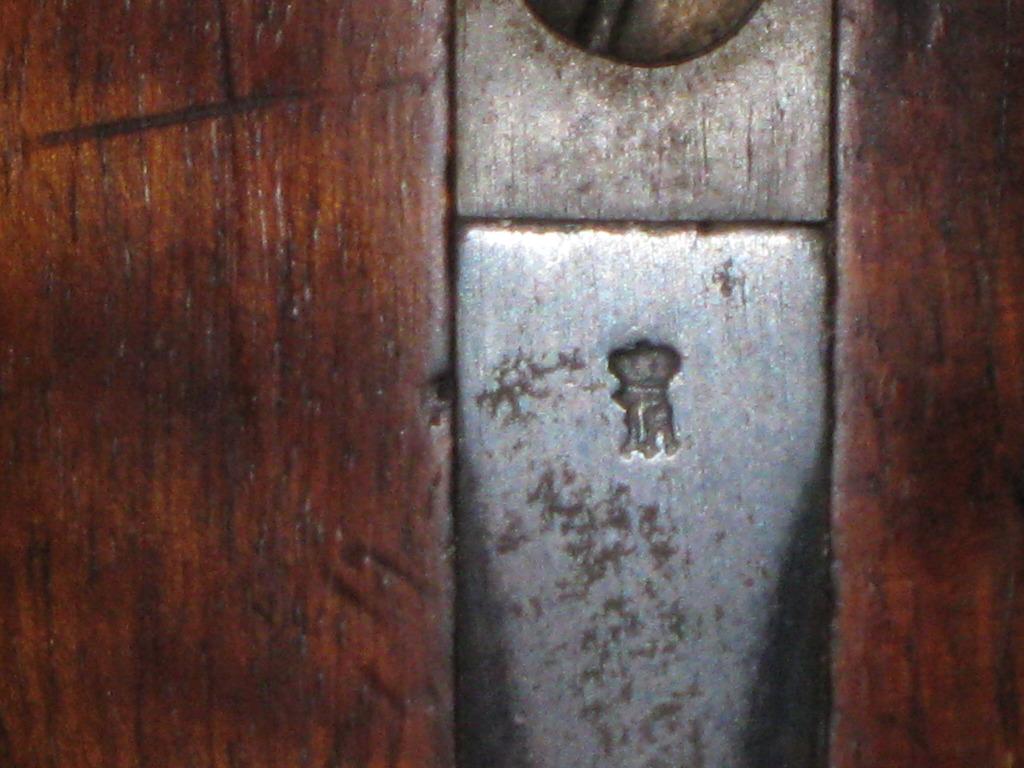 Information
Information














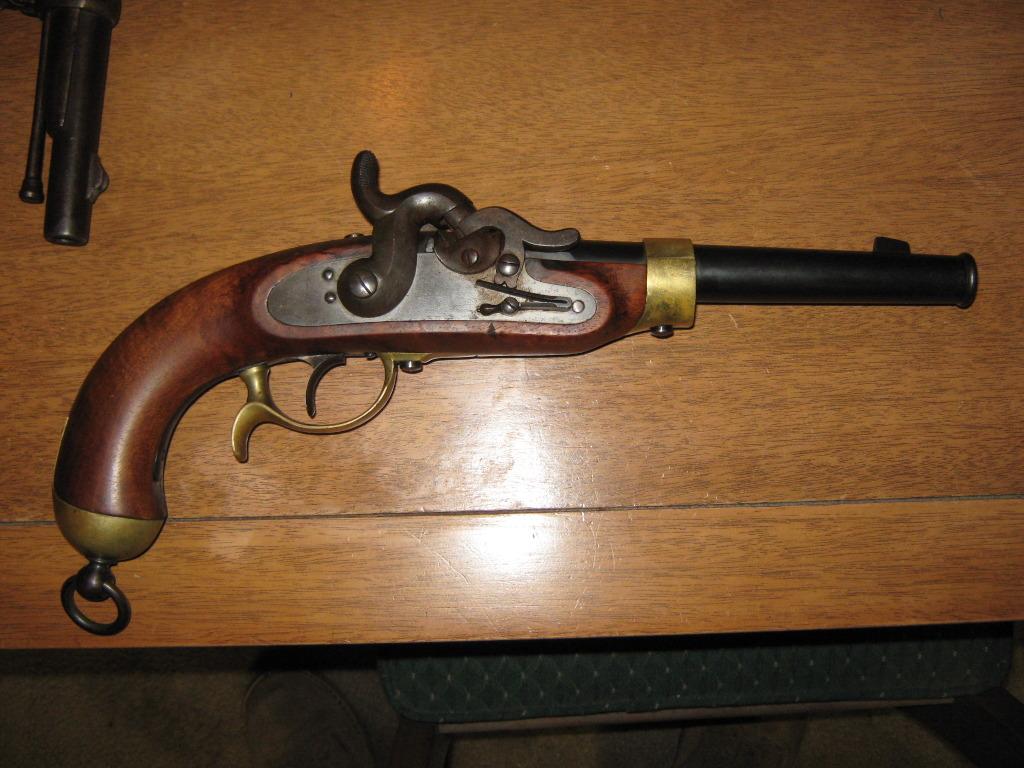
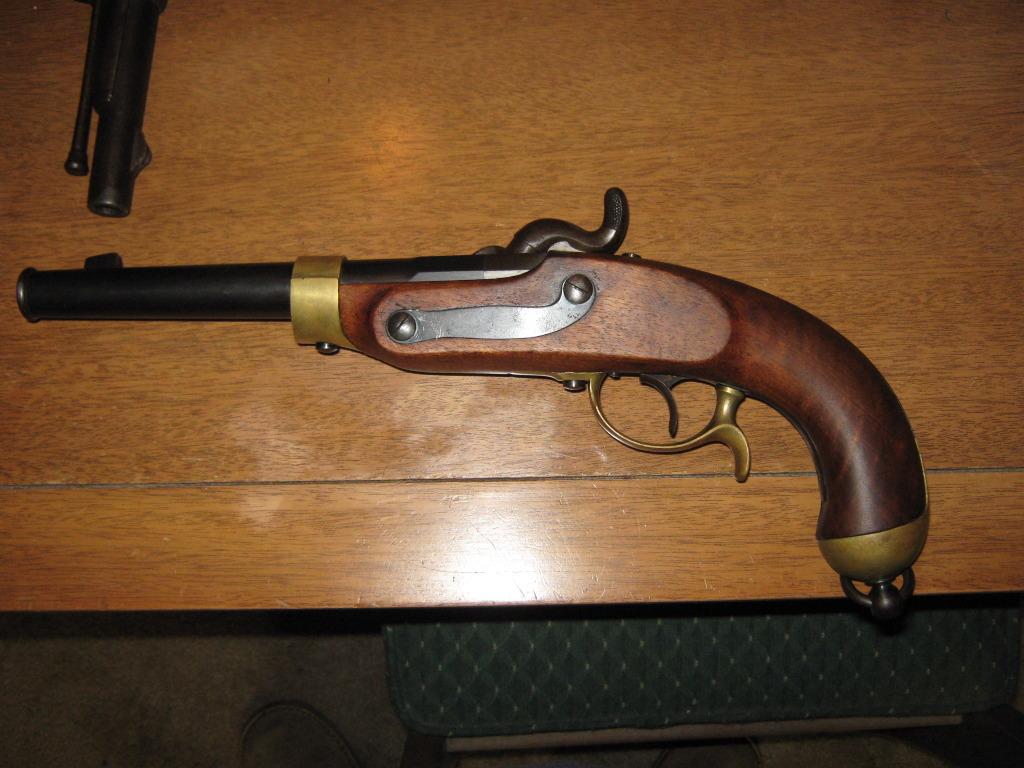
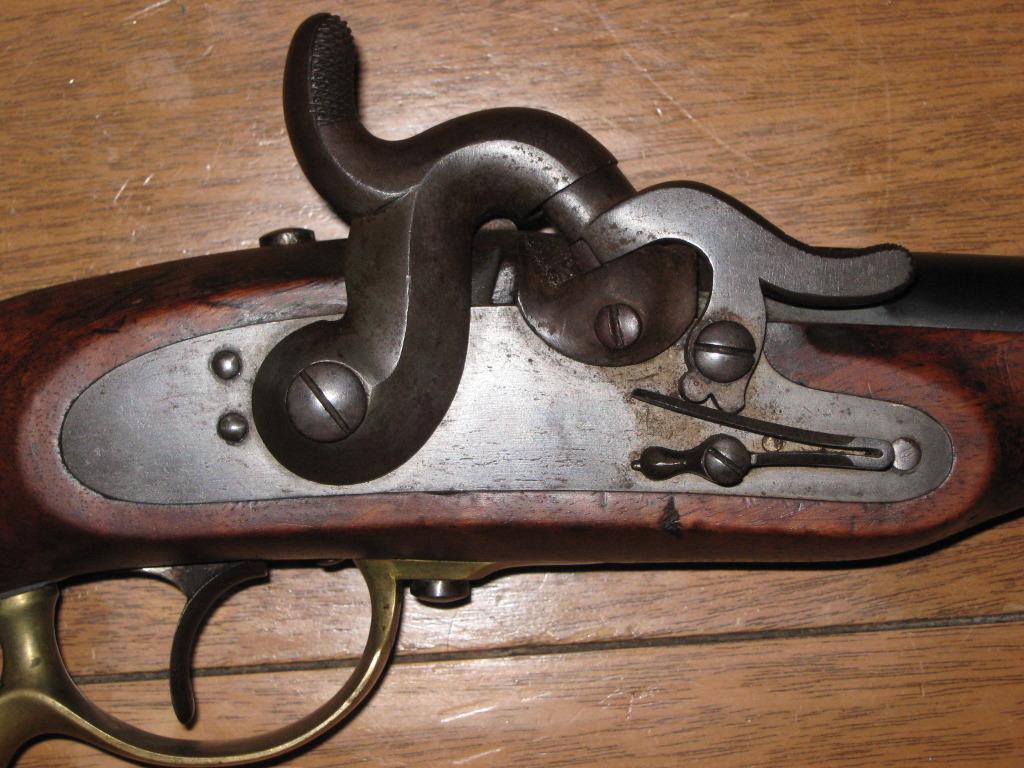
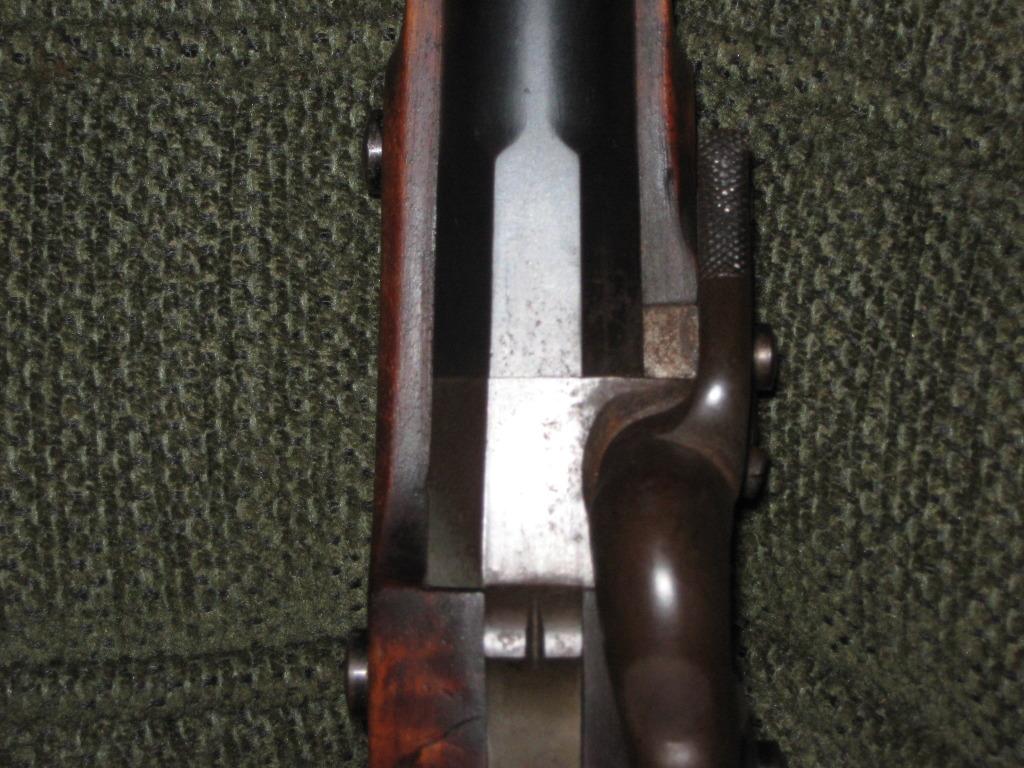
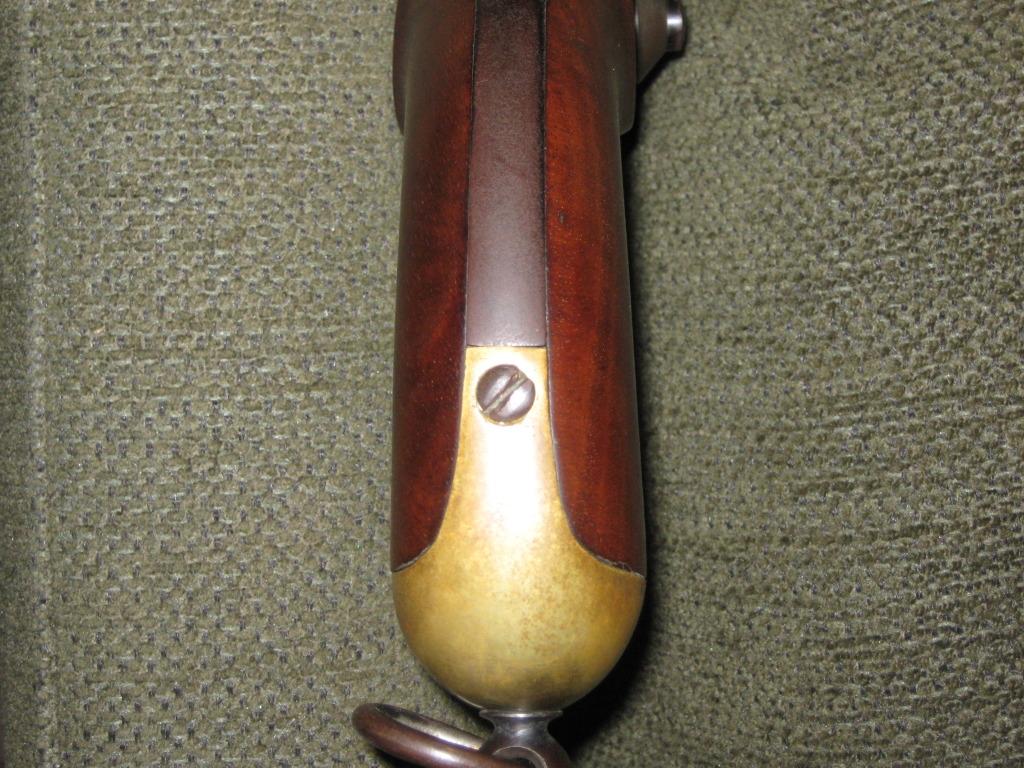
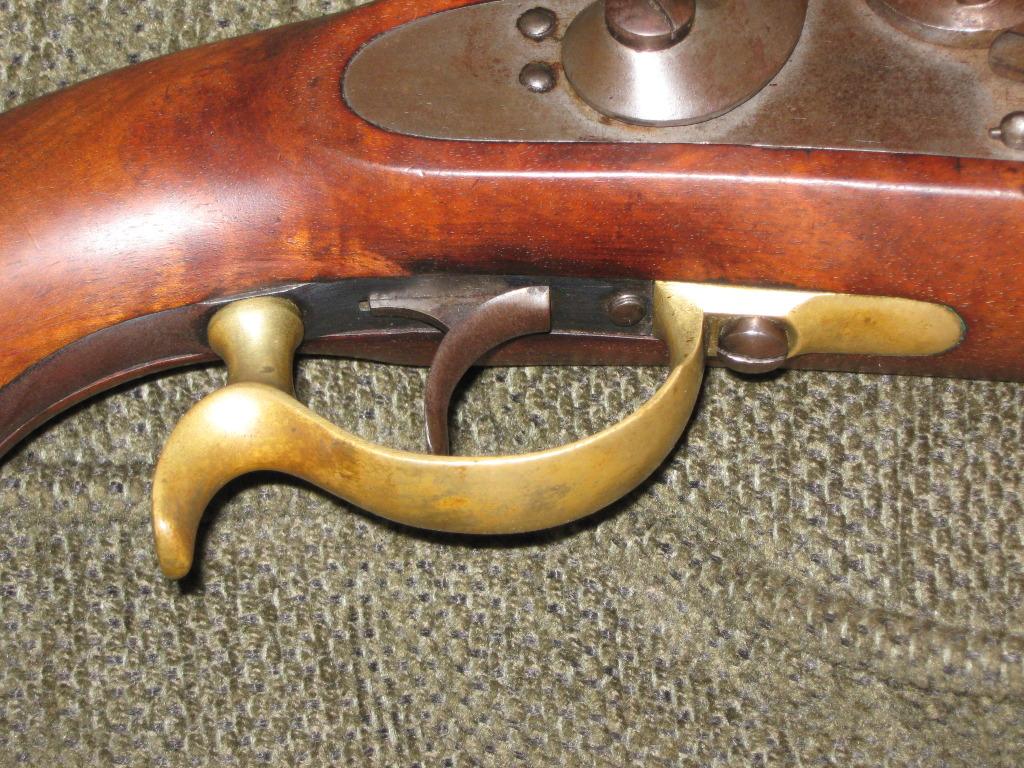
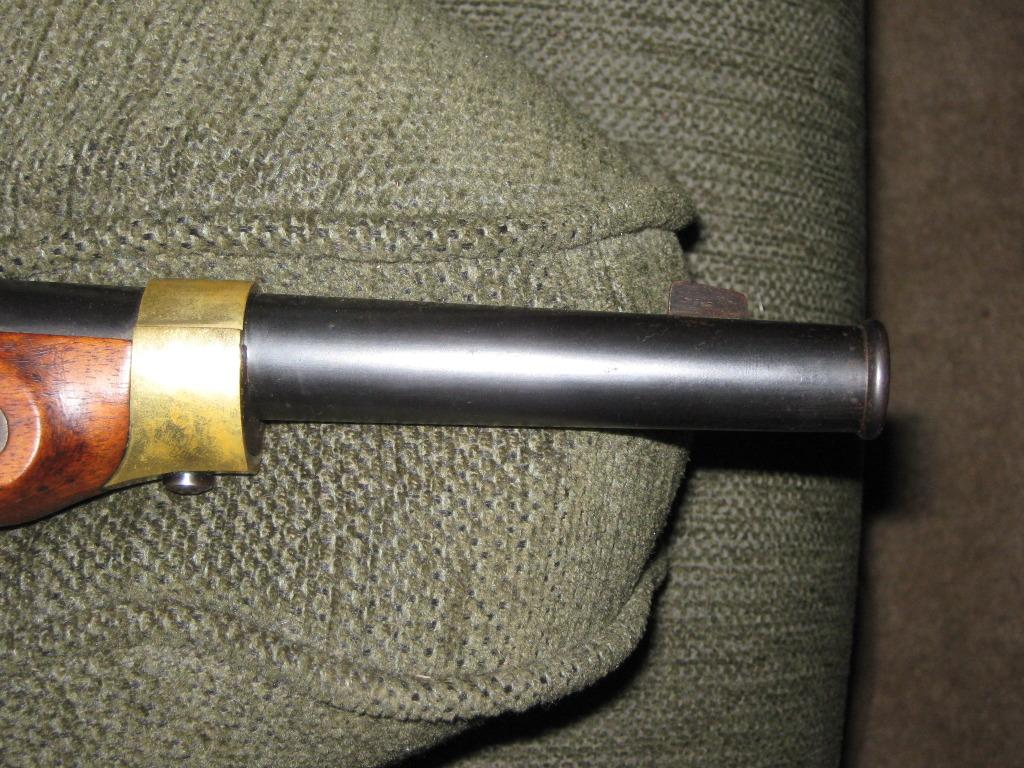
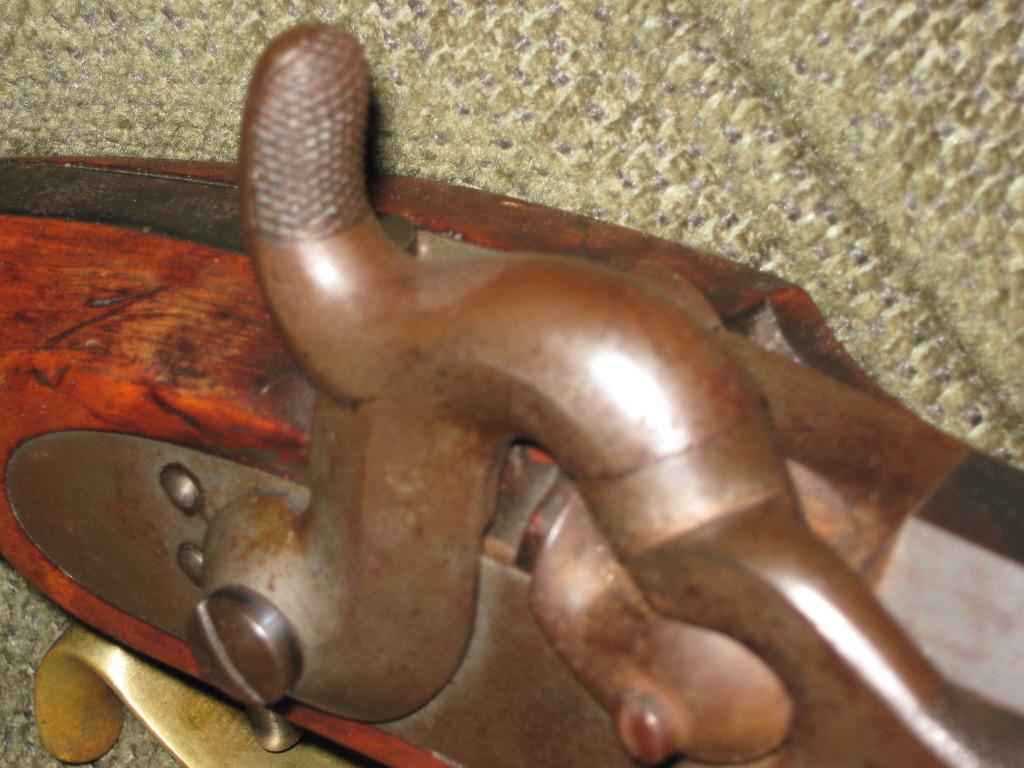
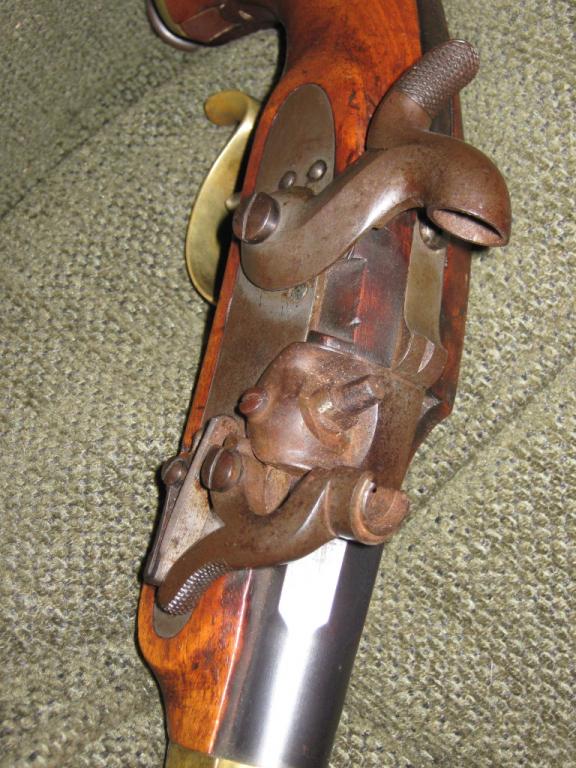
 PM
PM













